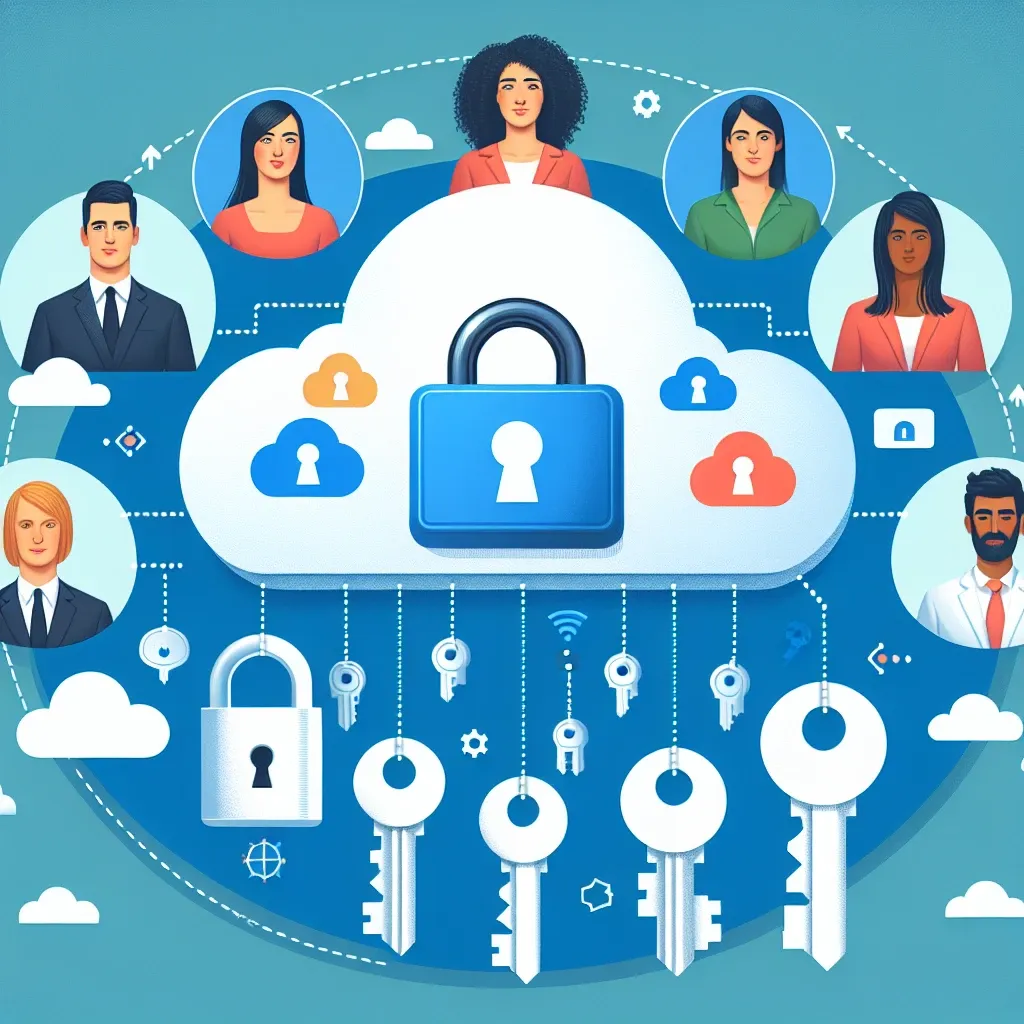Understanding Access Control in SaaS
In the world of Software as a Service (SaaS), robust access control is paramount. It’s the cornerstone of data security and ensures that only authorized individuals can access specific data and functionalities within your applications. Poorly managed access control can lead to data breaches, compliance violations, and significant financial losses. This guide provides a comprehensive overview of how to effectively manage access control in your SaaS applications.
Key Components of Access Control
- Authentication: Verifying the identity of users attempting to access the system. This typically involves usernames and passwords, multi-factor authentication (MFA), or single sign-on (SSO).
- Authorization: Defining what actions authenticated users are permitted to perform. This involves assigning roles and permissions based on job functions and responsibilities.
- Role-Based Access Control (RBAC): A common approach that assigns users to predefined roles (e.g., administrator, editor, viewer), each with specific permissions. This simplifies management and ensures consistency.
- Attribute-Based Access Control (ABAC): A more granular approach that uses attributes (e.g., department, location, time of day) to define access policies. It provides greater flexibility but can be more complex to implement.
- Least Privilege Principle: Granting users only the minimum necessary permissions to perform their tasks. This limits the potential damage from compromised accounts or malicious insiders.
Best Practices for Managing Access Control
1. Implement Strong Authentication
Utilize strong passwords, enforce password complexity rules, and encourage the use of MFA for enhanced security. Consider integrating with SSO solutions for streamlined user management and improved security.
2. Define Clear Roles and Permissions
Create well-defined roles that reflect the responsibilities of different user groups. Assign granular permissions to each role, ensuring that users only have access to the data and functions they require. Regularly review and update roles and permissions to reflect changes in organizational structure and responsibilities.
3. Utilize Role-Based Access Control (RBAC)
RBAC significantly simplifies access management by grouping users with similar roles and assigning permissions at the role level. This reduces the administrative overhead and ensures consistency across the organization.
4. Regularly Audit Access Control
Conduct regular audits to identify and address potential vulnerabilities. This includes reviewing user accounts, permissions, and access logs to detect any unauthorized access or suspicious activity. Automated auditing tools can greatly simplify this process.
5. Employ the Principle of Least Privilege
Grant users only the minimum permissions needed to perform their tasks. This limits the potential impact of a compromised account or accidental data exposure.
6. Secure Your APIs
If your SaaS application uses APIs, ensure that they are properly secured using appropriate authentication and authorization mechanisms. Implement robust API gateways to control access and monitor API usage.
7. Implement Data Loss Prevention (DLP) Measures
Implement DLP measures to prevent sensitive data from leaving the system unauthorized. This might include encryption, data masking, and access controls on specific data types.
8. Stay Updated on Security Best Practices
The threat landscape is constantly evolving. Stay informed about the latest security threats and vulnerabilities, and promptly update your access control policies and procedures to mitigate emerging risks. Consider subscribing to security advisories and participating in industry forums.
9. Choose a Reputable SaaS Provider
When selecting a SaaS provider, ensure that they have robust security measures in place, including strong access control mechanisms and compliance certifications. Review their security documentation and ask questions about their security practices.
10. Employee Training
Regularly train employees on security best practices and the importance of access control. Educate them about phishing scams, social engineering attacks, and the proper handling of sensitive information. This crucial step helps build a strong security culture within your organization.
By implementing these best practices, you can significantly enhance the security of your SaaS applications and protect sensitive data from unauthorized access. Remember that security is an ongoing process; continuous monitoring and improvement are essential to maintain a strong security posture.
For more in-depth information on security best practices, consider exploring resources from reputable cybersecurity organizations like [insert link to a reputable cybersecurity organization here].

Leave a Reply